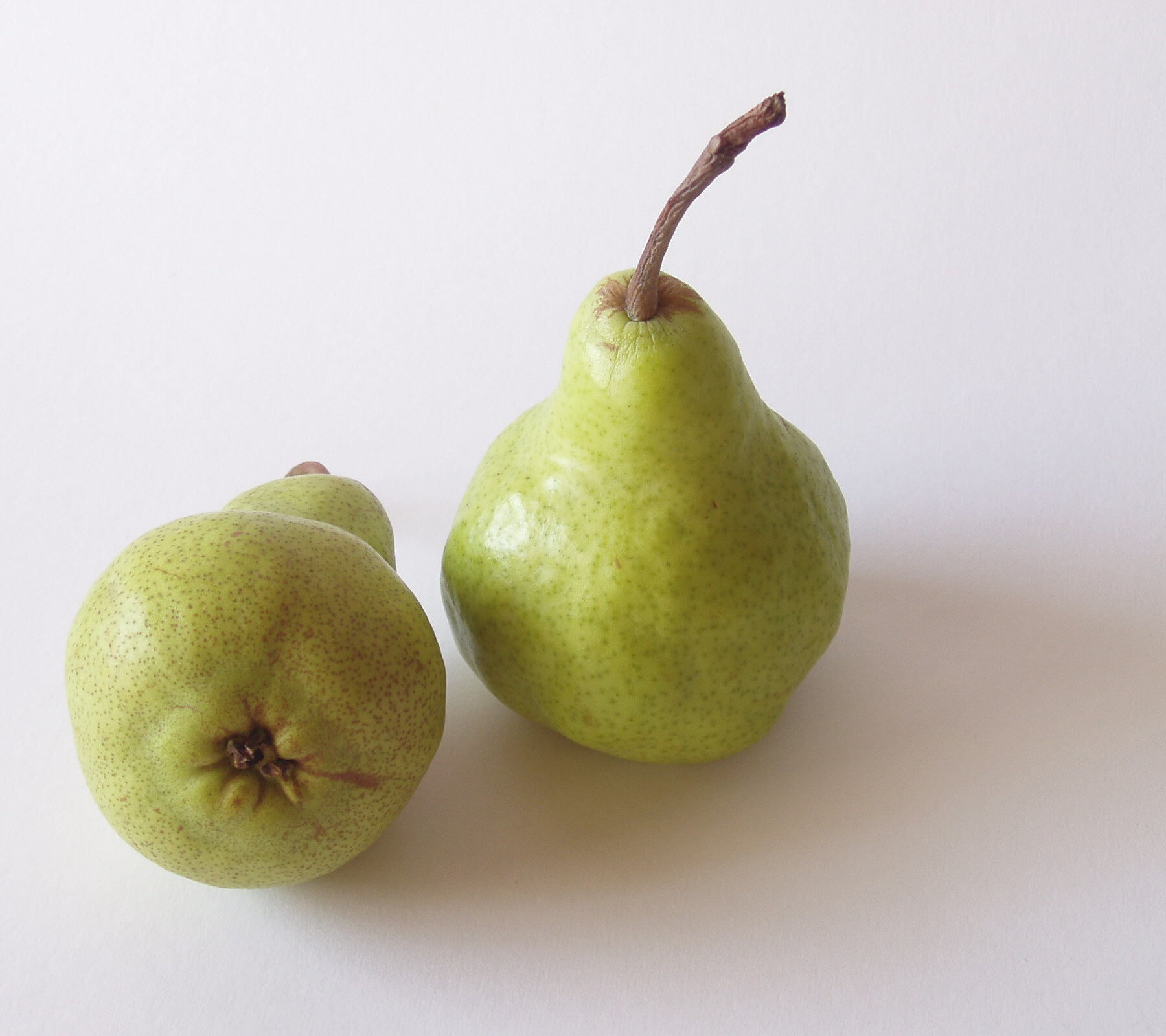(Part of a series, reviewing games I played in September 2013 at That Board Gaming Thing.)
Designer: Seiji Kanai
Publisher: Alderac Entertainment Group (among others)
Players: 2-4
Playing time: 20 minutes

(Image courtesy of thatmadgirl@BoardGameGeek)
So I’ve been hearing about Love Letter for a while — that it’s a simple, elegant game that has only 16 cards, plays quickly, and provides a rich gameplay experience. So when I saw it on the shelves at That Board Gaming Thing, I thought, “Well, I have to play this.” So my wife Mur and I sat down and gave it a try.
In Love Letter, you are trying to send a love letter to the Princess of the Kingdom. However, you can’t reach her directly, so you must rely on intermediaries, who will both try to deliver your letter, and stop others who are trying to attract her affections.
The cards represent your intermediaries. They have a ranking from 1 to 8, and if played have very basic results. For example, if you play the 8-ranked Princess (presumably a different Princess than the one you’re wooing), you’re out of the round immediately (not smart, but you might be forced into it). If you play the 3-ranked Baron (or Knight in the Japanese version), you compare hands (just one card, remember) with another player — the one with the lower rank is out of the round. If you play the 1-ranked Guard (or Soldier in the Japanese version), you name another card type and a player — if they have that card, they’re out of the round. And so on. There are eight card types and two of each type in the deck.
Gameplay is very simple, and consists of a series of rounds of play. At the start of the round, the deck is shuffled, the top card discarded (the top four for 2 player games), and one card dealt out to all the players. Then, on your turn, you draw one card and play one card in front of you. The round continues until all but one player is eliminated or the deck runs out. In the latter case, the remaining players compare hands and the player with the highest ranked hand wins a point for that round. Then you reshuffle and start the next round. The game continues until one player has won enough rounds to win (7 for two players, 5 for three players, 4 for four players).
So what did we think? In short, we weren’t very impressed. On the first two rounds, one of us ended up being forced to play a card that knocked us out of the round immediately. On the next two, there was a little more back and forth, but we really weren’t seeing a lot of emergent gameplay. In the end, we stopped before the game was over. That said, we could see that maybe with more players it would work better, and after talking to someone about it later, he said that was true: it’s best with 4 players. So I don’t feel like we really gave the game a chance in its best configuration, and when I get a chance to play with 3 or 4 players I’ll come back and revise this review. Still, I can’t recommend it for 2 players — it just wasn’t fun.
Tentative verdict: Avoid (2 players), To Be Revisited (3-4 players)
 (Look at my shirt, my shirt is amazing.)
(Look at my shirt, my shirt is amazing.) (Somebody fade me)
(Somebody fade me) (Where’s that confounded… er, what’s that word again?)
(Where’s that confounded… er, what’s that word again?) (I think those dogs are laughing at me)
(I think those dogs are laughing at me)






